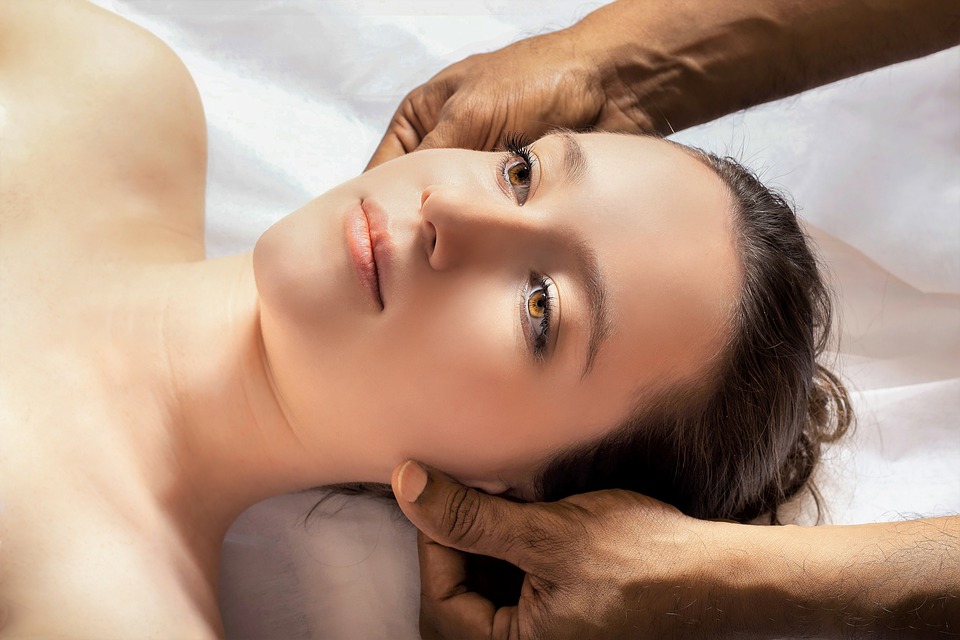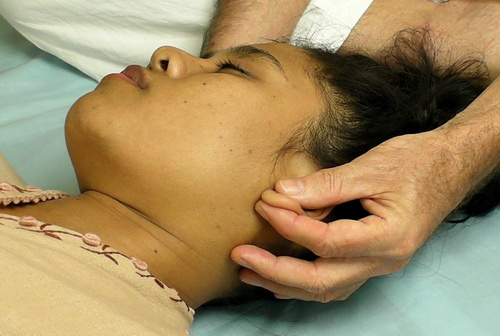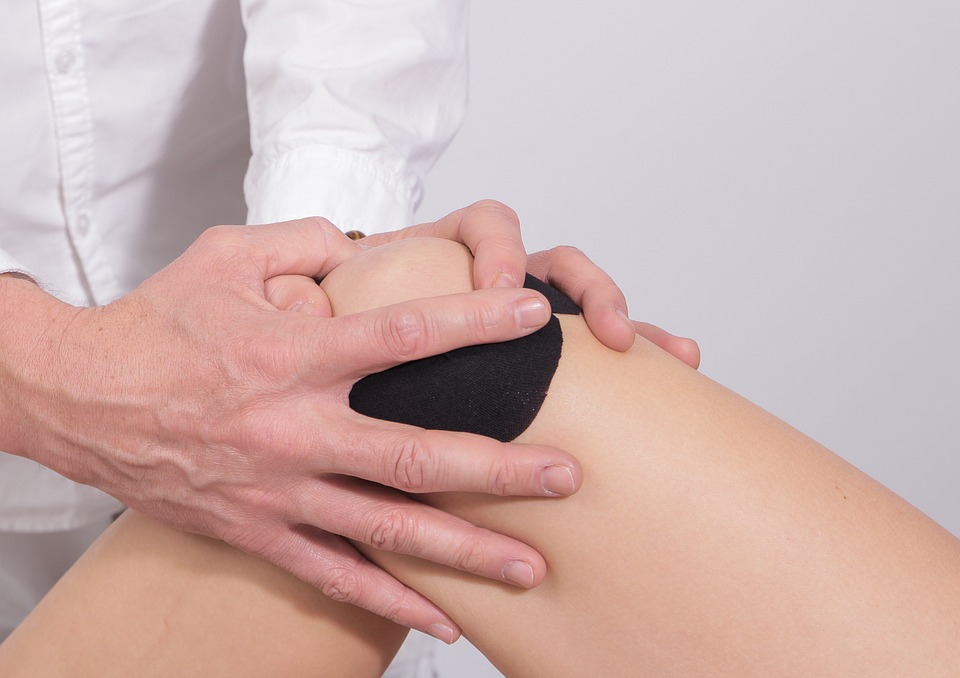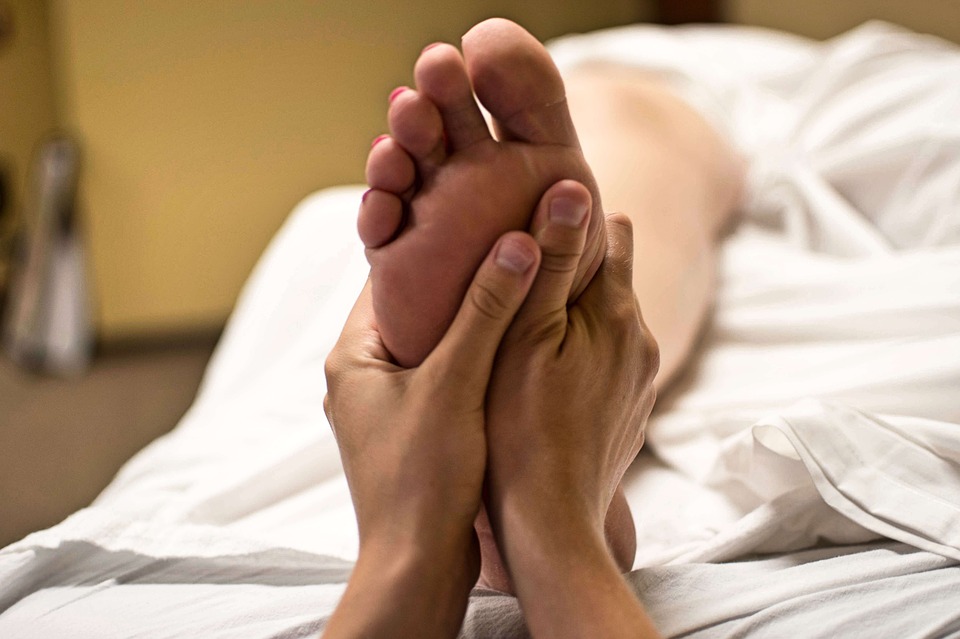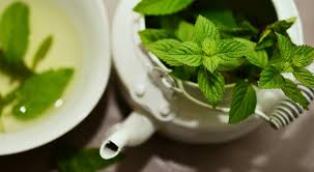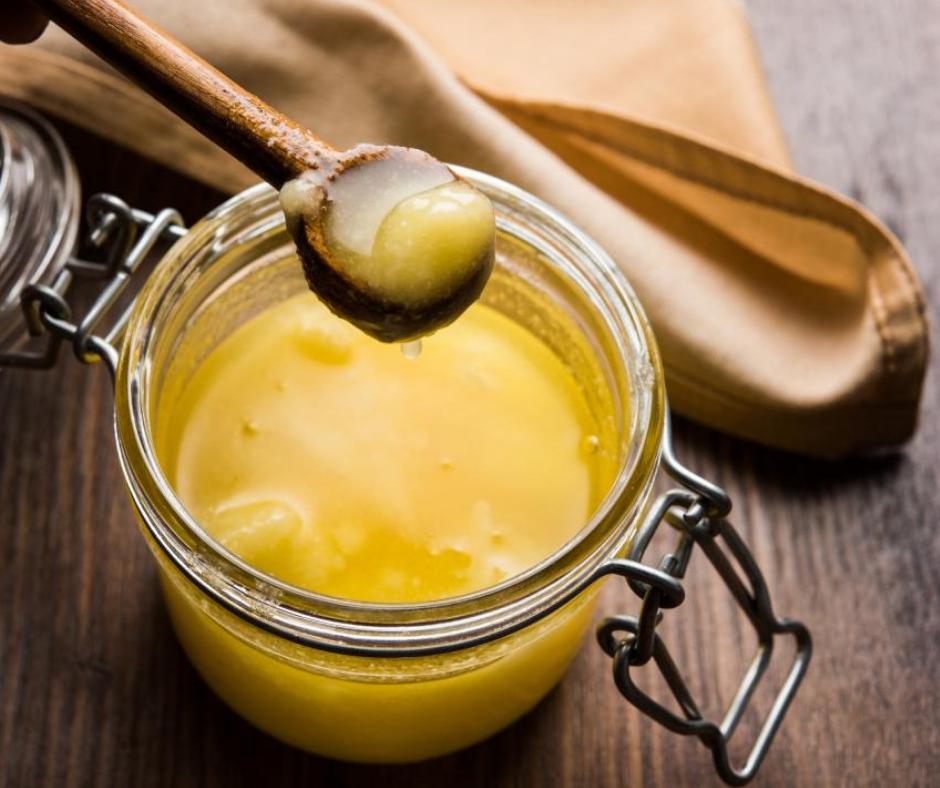Many Ayurveda procedures use steam as an effective vehicle, given its power to open up the skin’s pores and allow all the herbal formulations to be thoroughly absorbed. With the heat stimulating blood circulation and causing perspiration, every procedure that involves steam will definitely lead to detoxification. Avaghaswedam or avagha swedam is a unique combination of sudation or a sweat-inducing procedure and immersion or avagha. This procedure involves preparing a relaxing, deep, warm, medicated bath filled with herbal medications and essential oils. The person sits or even sometimes lies down in this preparation for a stipulated period, resulting in complete relaxation and detoxification. Warm water and even milk are used as vehicles to carry the herbal medication. This treatment is fast becoming popular, given its potential to cleanse your body and relax your mind. Since I am receiving a lot of inquiries in my Ayurveda hospital in Chennai about this interesting procedure, I thought I could provide you a little more information about Avaghaswedam.
What are the benefits of Avaghaswedam?
Avaghawedam is perfect for complete relaxation of not just your body but also your mind. The benefits of this procedure in calming your mind and relieving you from conditions such as stress, anxiety, and insomnia are reasons why this procedure is increasing in popularity. This treatment also focuses on removing muscle- and joint-related pain, and is especially beneficial in the case of a backache, and conditions such as arthritis, hip pain, and sciatica. The procedure also has benefits in case of urinary and menstrual disorders and with allergic conditions. Its intense detoxification and rejuvenation benefits help with giving your skin a healthy glow and weight loss.
How is this procedure beneficial?
The procedure involves the use of a bath where your body is submerged entirely or at least up to the hip region. The bath is prepared from herbal and medicated extracts that your Ayurveda doctor will recommend based on your health condition. In addition, the bath is heated up. All these effects, in addition to the extended period of time, you will have to relax in the bath, will lead to a well-stimulated circulation, relaxation, rejuvenation, and deep cleansing. All the heat produces sweat that seeps out through the skin. The skin is indeed a powerful excretory option your body has. Hence all the toxins that your body releases lead to purification. The specific benefits of the essential oils or medicated extracts are definitely an added benefit. In addition, all the happy chemicals (scientifically termed endorphins) released by the body brings about immense calmness.
In some instances, an oil massage precedes the procedure. Hence when you soak in the warm, medicated bath the penetration of all the goodness of the herbal wonders will be magical. Sometimes a damp cloth supports the back of the neck or even the forehead to tone down the effect of the steam. Some therapies also include serving relaxing tea that prevents your body from overheating. The standard recommended period of this procedure is anywhere between 30 and 60 min.
I highly recommend that you add avaghaswedam to your routine practice of giving your body and mind a well-deserved treat. But ensure that you consult with an experienced Ayurveda expert who can recommend the perfect combination of herbal extracts and vehicle. Contact me for any questions you have about avaghaswedam. You can connect with me at http://www.miayurveda.org/ or call me at +91-9444615161.

